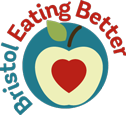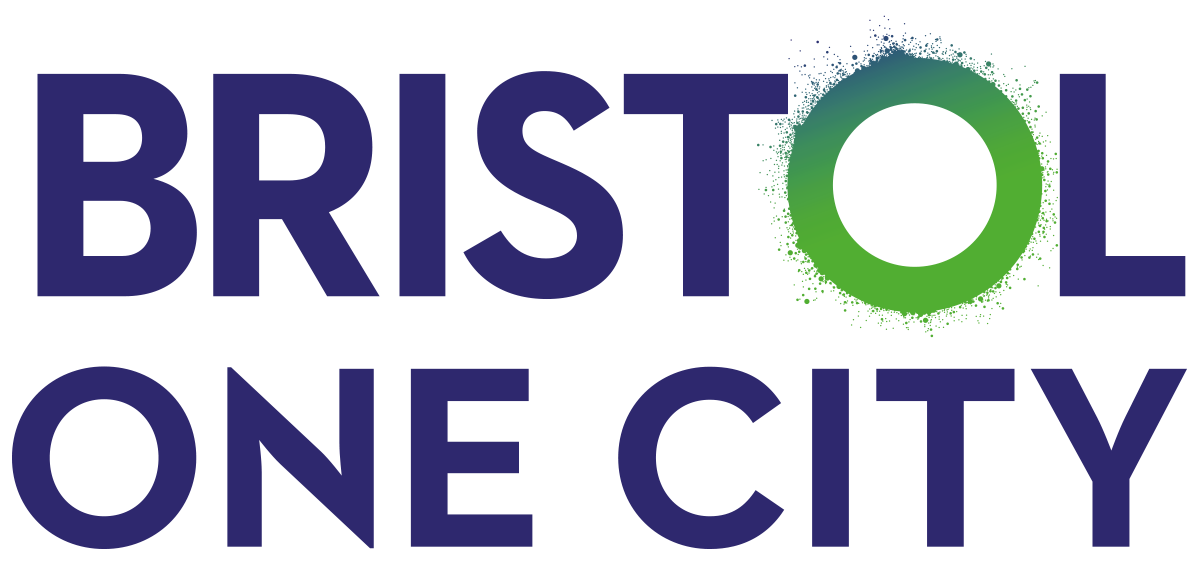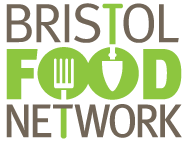How to promote healthier meals to your customers, how to make sure your meals are well balanced, what portion sizes you should offer.
Objective 5 of the Bristol Eating Better Award outlines 10 actions you can do to promote the healthier options your business offers.
For more detailed guidance about the actions see the pdf guidance document(904 KB) .
Why a healthy diet is important
Eating a healthy, balanced diet is an important part of maintaining good health and can help you feel your best. This means eating a variety of foods in the right proportions.
The Eatwell Guide Go to https://www.nhs.uk/live-well/eat-well/food-guidelines-and-food-labels/the-eatwell-guide/ (opens new window) shows that to have a healthy, balanced diet, people should try to:
- eat at least 5 portions of a variety of fruit and vegetables every day
- base meals on higher fibre starchy foods such as potatoes, bread, rice or pasta
- have some dairy or dairy alternatives (such as soya drinks)
- eat some beans, pulses, fish, eggs, meat and other protein
- choose unsaturated oils and spreads, and eat them in small amounts
- drink plenty of fluids (at least 6 to 8 glasses a day)
Why it's important to promote healthier options
Our environment, and local availability of calorie-rich foods, makes it much harder for communities to maintain healthier lifestyles. Food and drinks purchased and consumed away from home, such as from cafes and takeaways, tend to be higher in fat, sugar, and salt. They also often come in bigger portions than you would have at home. This encourages customers to have unhealthier diets and may make it difficult to know what the healthier options are and make healthier choices.
Your menu can encourage customers to have a healthy balanced diet by:
- meeting the Eatwell Guide
- offering healthy options
- using healthier cooking methods
- ensuring your portion sizes are appropriate
Creating balanced, innovative and interesting menus that provide a range of foods and drinks is becoming more important than ever as people are eating out more often, visiting takeaways, restaurants, cafes, and other traders.
Find more information on the NHS pages for children's portion sizes Go to https://www.nhs.uk/change4life/Documents/PDF/Schools%20cooking%20resources/SchoolFoodStandardsGuidance.PDF (opens new window) and BUPA for adults' portion sizes Go to https://www.bupa.co.uk/health-information/nutrition-diet/portion-size (opens new window).
Source: Public Health England, National Diet and Nutrition Survey Go to https://assets.publishing.service.gov.uk/government/uploads/system/uploads/attachment_data/file/551352/NDNS_Y5_6_UK_Main_Text.pdf (opens new window) and Health Matters Go to https://www.gov.uk/government/publications/health-matters-obesity-and-the-food-environment/health-matters-obesity-and-the-food-environment--2#factors-behind-the-rise-in-obesity-levels (opens new window).
Using healthy cooking methods
The way food is prepared and cooked affects its appearance, taste, texture and whether people want to eat it. Healthier cooking limits or avoids oil and fat, and can also mean reducing ingredients such as fat, sugar, and salt. Healthy ways to cook include:
- moist methods of cooking like steaming, poaching, and boiling which do not use any added fat
- grilling, roasting and baking instead of frying
- dry frying and stir frying
You need very little oil or fat for these cooking methods and any excess can be drained off. Dry frying does not use any fat at all and stir-frying only a small amount.
You can also do things like:
- lightly spray boiled potatoes with oil and bake them until crisp and golden
- add a teaspoon of Parmesan cheese to fresh breadcrumbs, sprinkle on poached fish and grill
These techniques improve the appearance, taste, and texture of an otherwise bland dish. Herbs and spices can enhance the appearance, texture, and taste of dishes.
There are a range of small electrical appliances that your business can use, such as microwave ovens, halogen ovens and air fryers, which can help to reduce the amount of fat needed for cooking.
Vegetarian and vegan options
A vegetarian diet is one that does not include meat. A vegan diet is one that does not include meat or animal products.
The Department of Health advises we should cut down to 70g of meat a day. Research suggests that there is a link between eating too much meat and bowel cancer.
You can reduce the amount of meat in your menu, and use more ingredients such as lentils, chickpeas, quinoa, and vegetables. You could also consider including more vegetarian and vegan options on your menus.
Find more information on the The vegan diet on the NHS website Go to https://www.nhs.uk/live-well/eat-well/the-vegan-diet/ (opens new window).
Hints and tips to promote healthier options
You can:
- sell half portions of main menu items, especially for children but also for adults, to find out more about healthy portion sizes for children visit Advice for parents of healthy-weight children on the NHS website Go to https://www.nhs.uk/live-well/healthy-weight/childrens-weight/healthy-weight-children-advice-for-parents/ (opens new window)
- put nutritional information stickers on ready to eat, packaged items to promote healthier options, such as showing sugar content or amount of calories
- use a highlighter or distinct colours on menus and boards to promote healthier options
- have a special menu dedicated to healthier menu items
- advertise your healthier menu items on social media
- promote your healthier menu items through discounts and promotions
- offer free tastings of healthier menu items to encourage customers to buy them
- make the healthier menu items cheaper
Date reviewed: 3 October 2022


